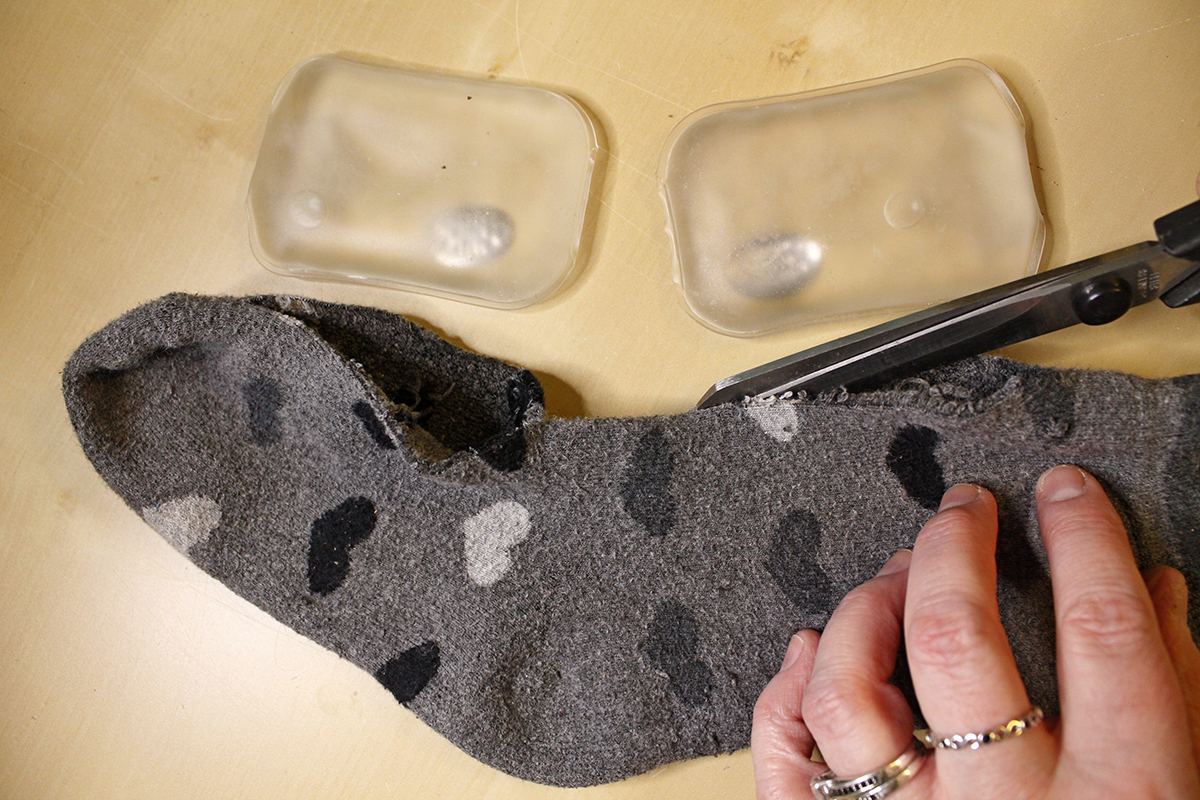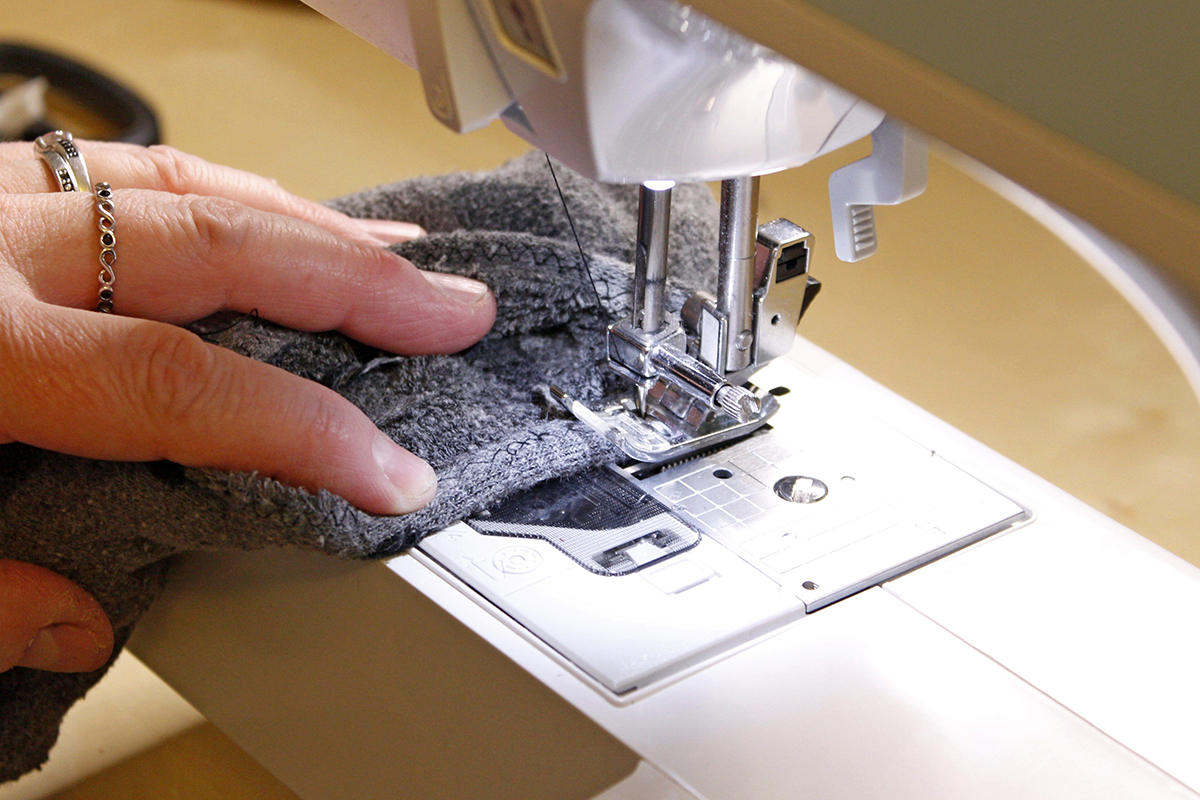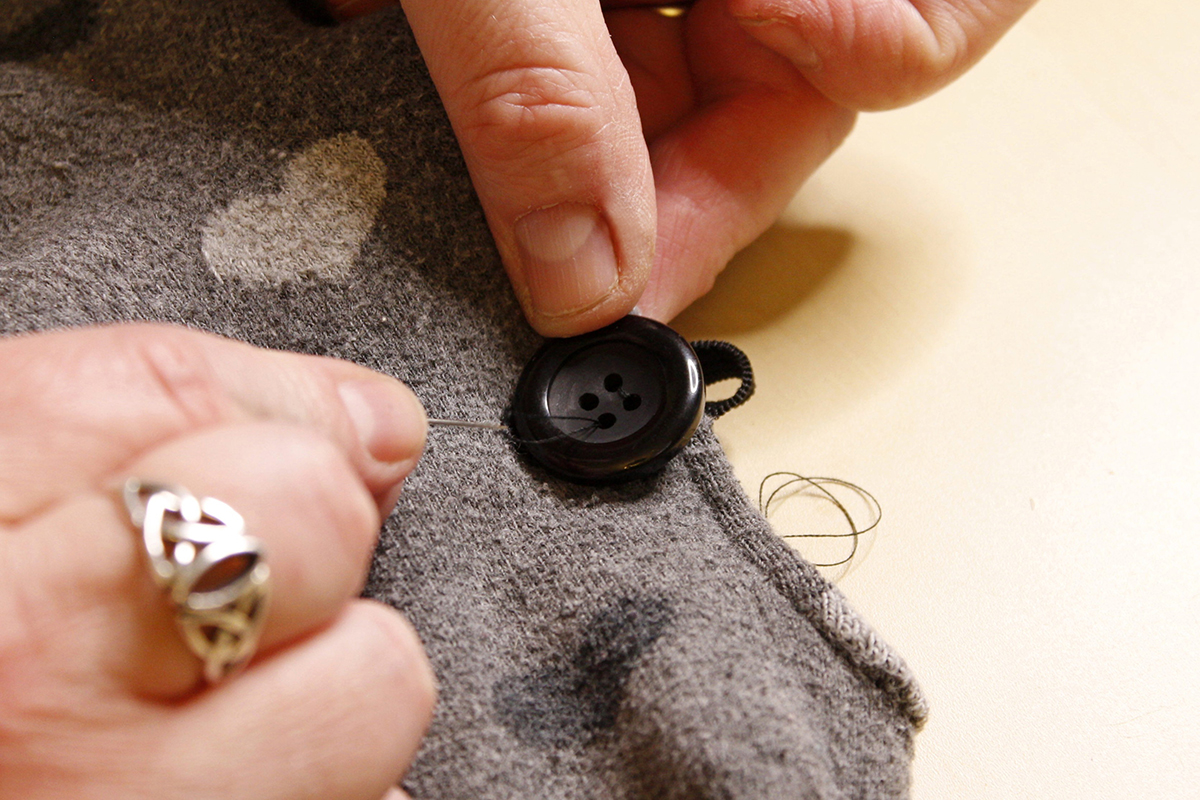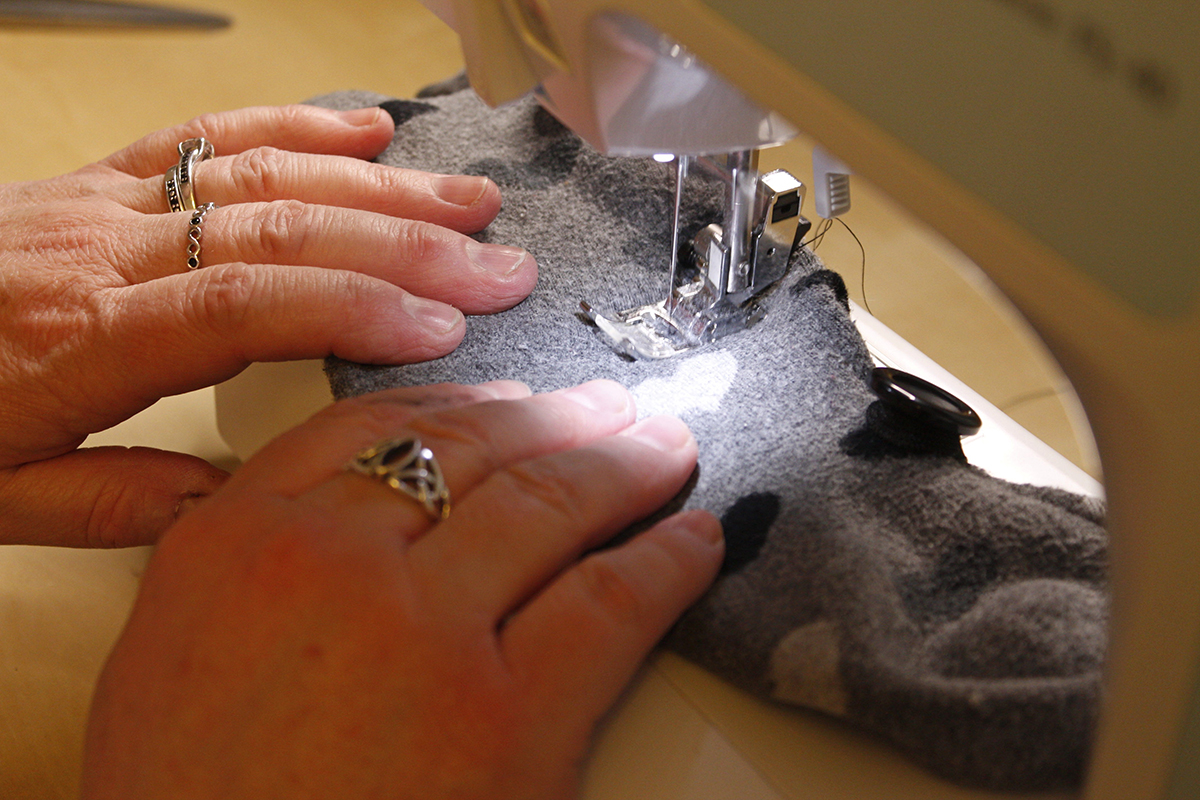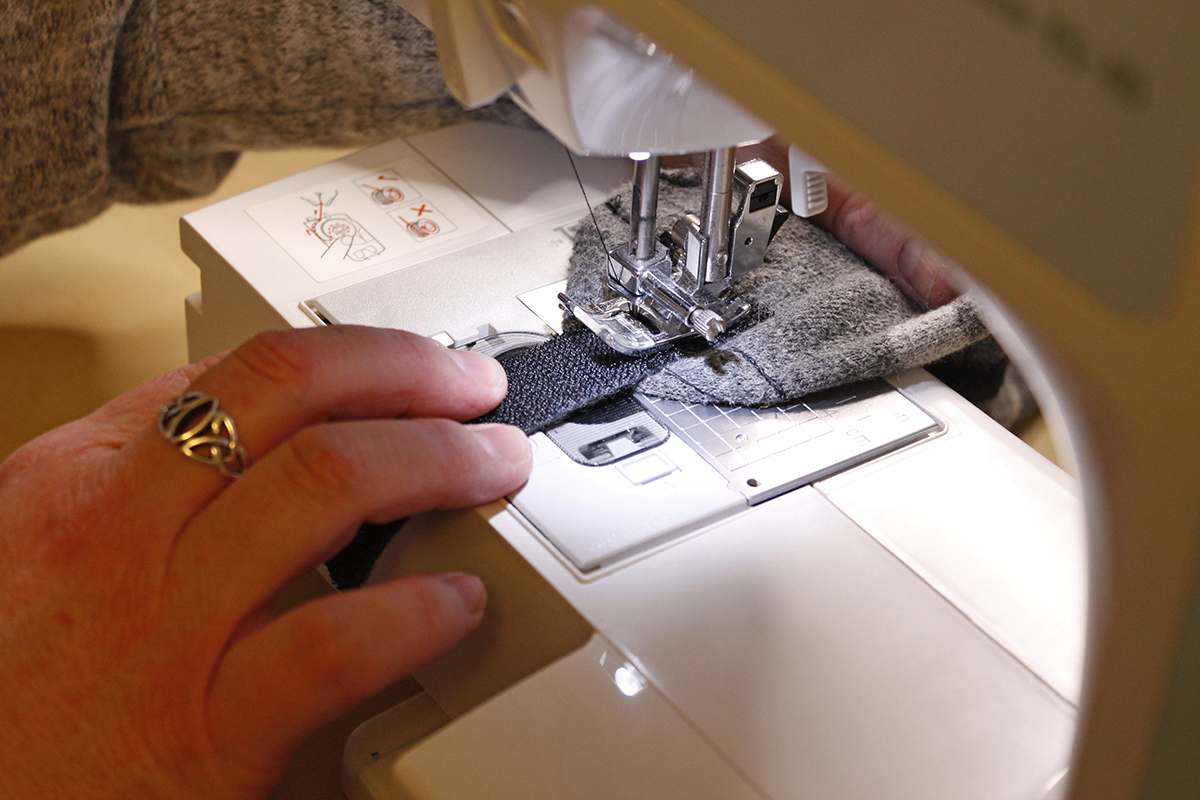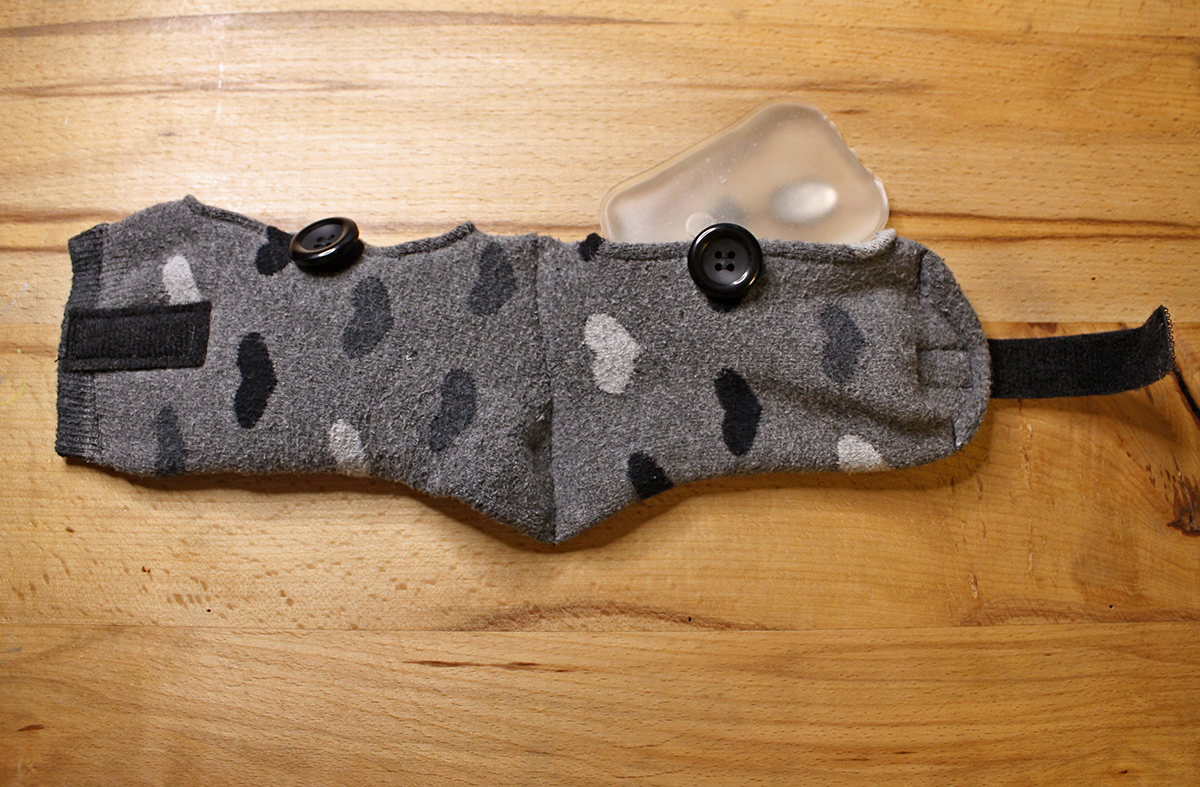Dew forms on the front of your camera lens when the temperature of the glass cools to a few degrees below the dew point, causing water vapour in the air to condense onto the glass.
It's a familiar pain for photographers: your camera lens becomes misted over and any subsequent images that are taken through that lens are useless.
People often think a camera lens will only dew up during winter, but because the dew point is related to humidity levels, lenses can fog or dew up even more rapidly on a warm and humid summer evening.
Astrophotography and nightscape photography often require long imaging sessions, and with that comes a risk of your lens dewing up.
For more camera maintenance, read our guide on how to clean a DSLR camera.
For help with foggy telescopes, read our guide on how to stop dew forming on your telescope.
And for more practical guides like this, visit our DIY Astronomy page.
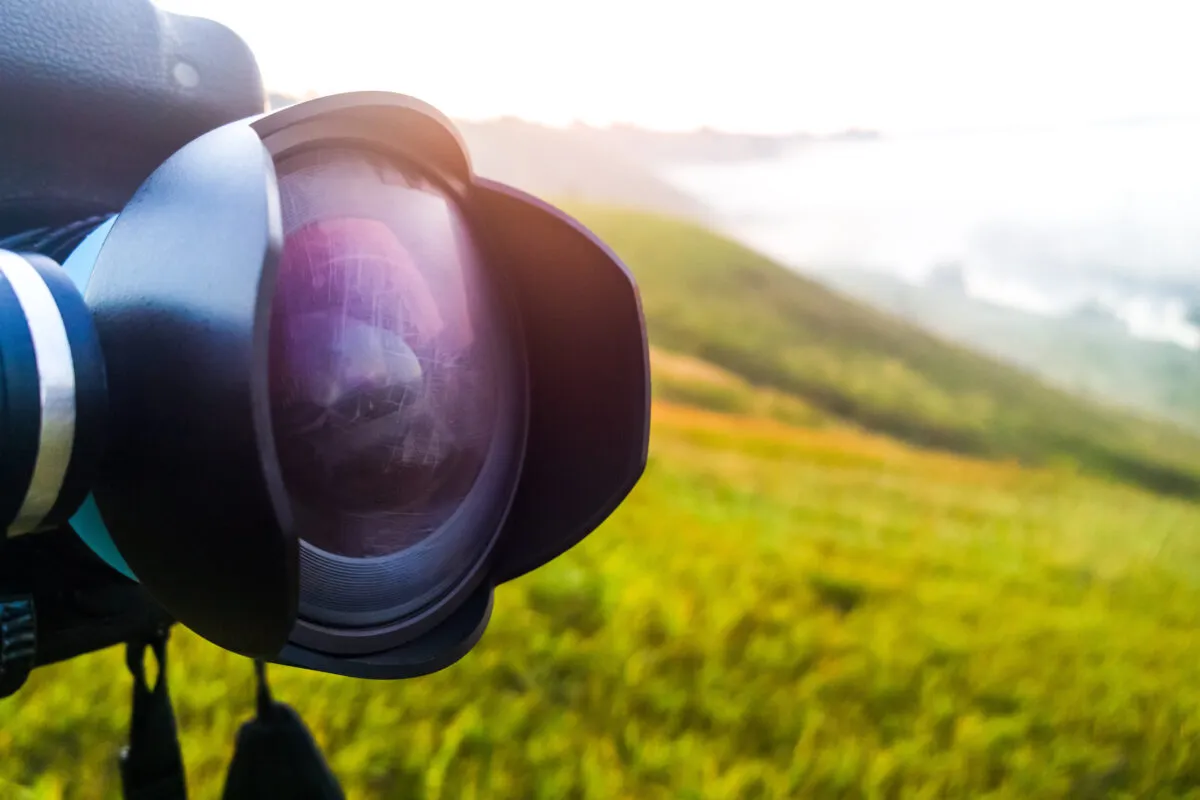
How to dew-proof your camera lens
Keeping the camera lens glass warmer than the dew point will prevent it from fogging up, and a simple way to achieve this is to use a dew heater.
You can buy dew heaters commercially, but they are usually powered from a rechargeable power tank that can be heavy to carry around, particularly if you are shooting on location.
You can buy dew bands that run from 9V batteries, but they consume plenty of power so the batteries don’t last very long.
In addition to worrying about batteries, you also have the inconvenience of dealing with a set of cables from the dew heater to the controller and power supply.

One way to solve these issues is to make a simple dew heater that uses hand warmers as its heat source. For this project we used inexpensive reusable hand warmers, which can be purchased online.
They are filled with a liquid that turns into a solid once activated. This process is an exothermic reaction so they remain warm for a couple of hours after activation.
Once they have cooled again, you can reverse the reaction by warming them in a pan of hot water; they can then be reused again and again.
Our dew heater consists of a dew band made from a sock to hold the hand warmers, which is held in place with Velcro; the fastening is adjustable so it can fit a variety of different camera lens sizes and can even be adapted to fit around a small refractor telescope.
If you are doing a long imaging session, you can easily remove the dew heater and swap the hand warmers for a fresh pair between shots.
There is no temperature control with this simple solution, so there is a small chance that the heat may cause a slight increase in dark signal noise (unwanted artefacts) in your images.
However, the dew heater will be placed around the camera lens rather than near the camera sensor, so it shouldn’t affect the images too badly.
If it does cause a bit more noise, it is still far more successful to carry out a noise reduction step in post-processing than it is to try and gain any useful data from images taken through a fogged-up lens. For more on this, read our guide on how to remove noise from astrophotos.
The added bonus of its portability coupled with no cable management definitely make up for this.
